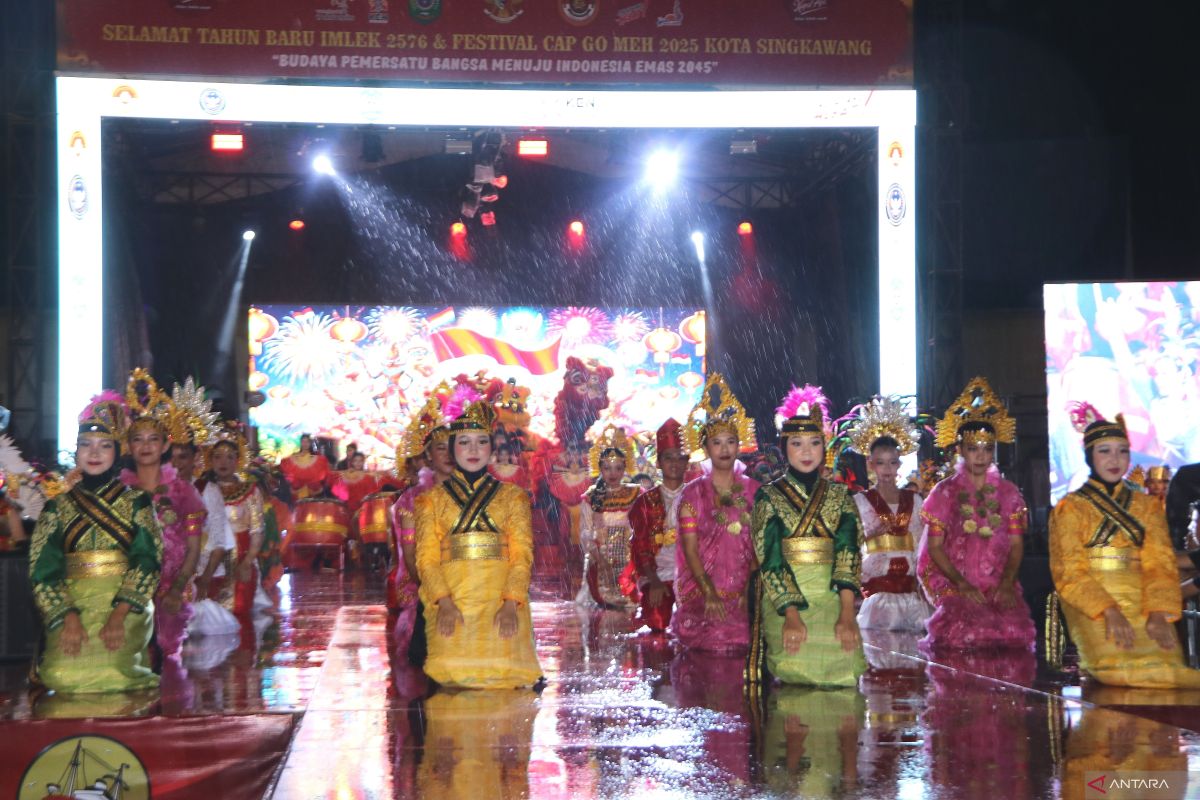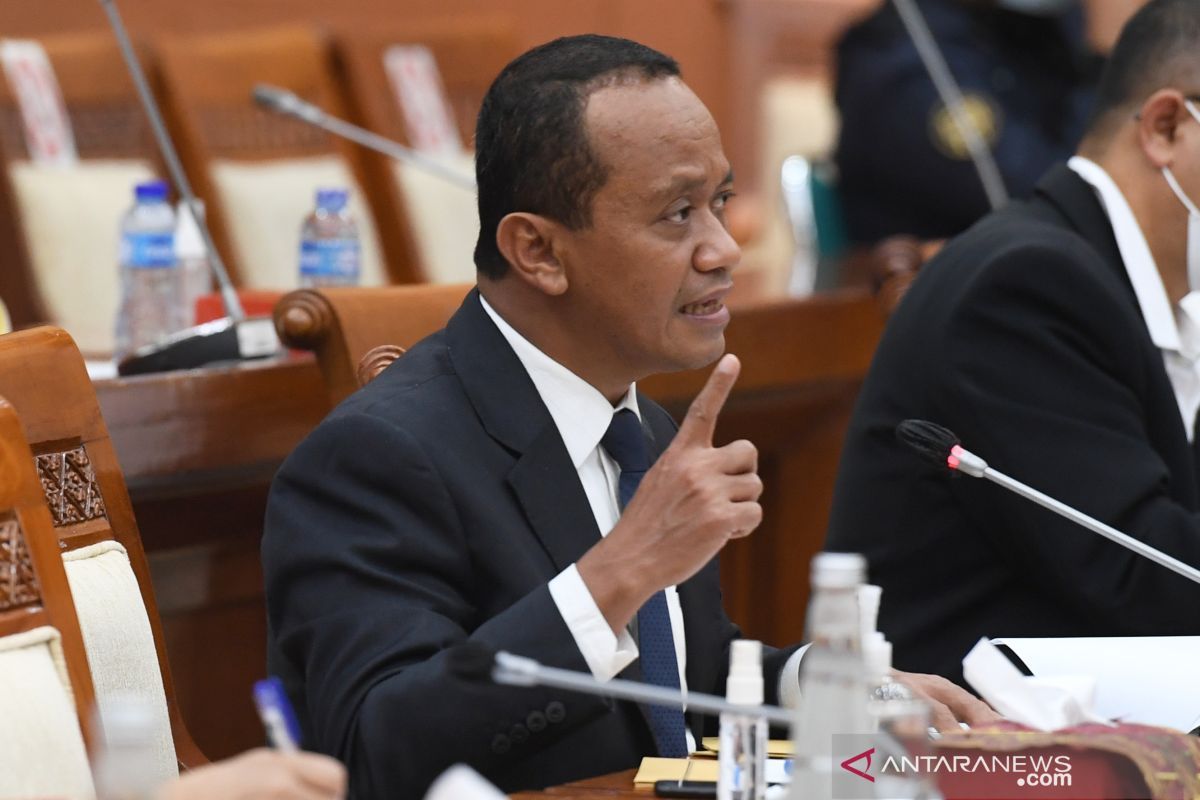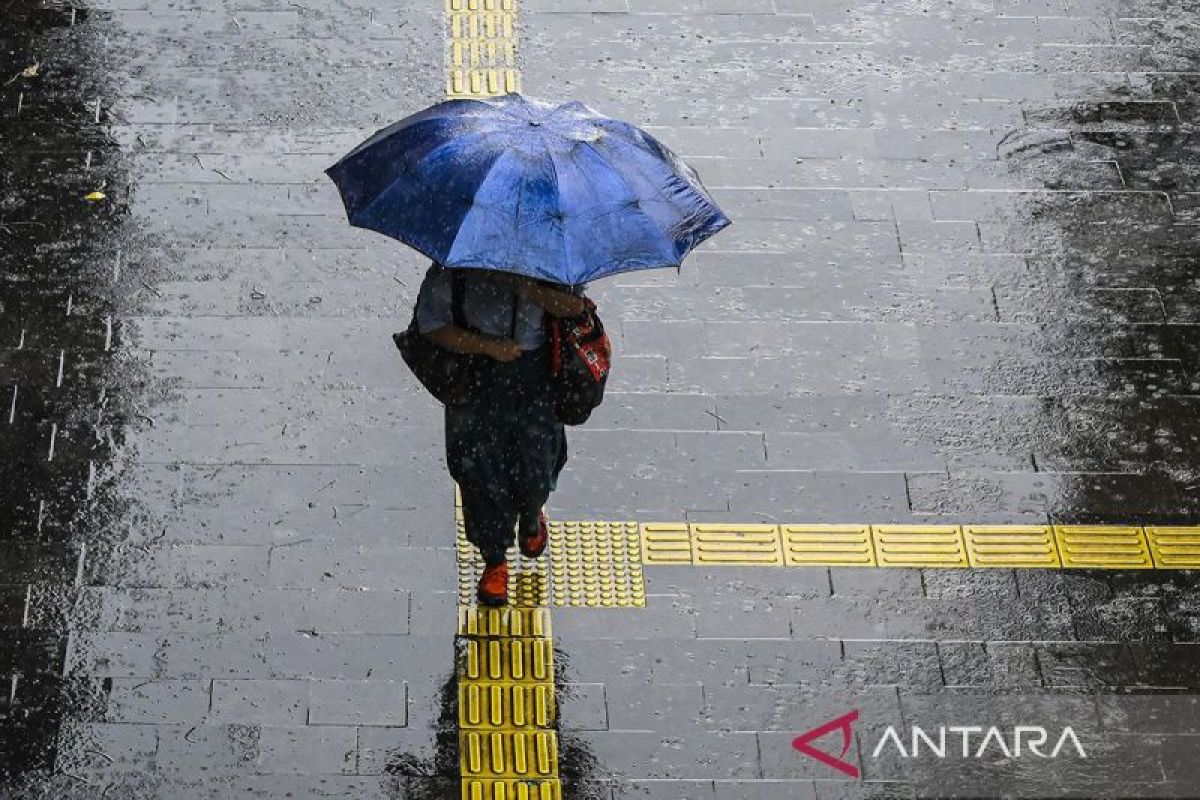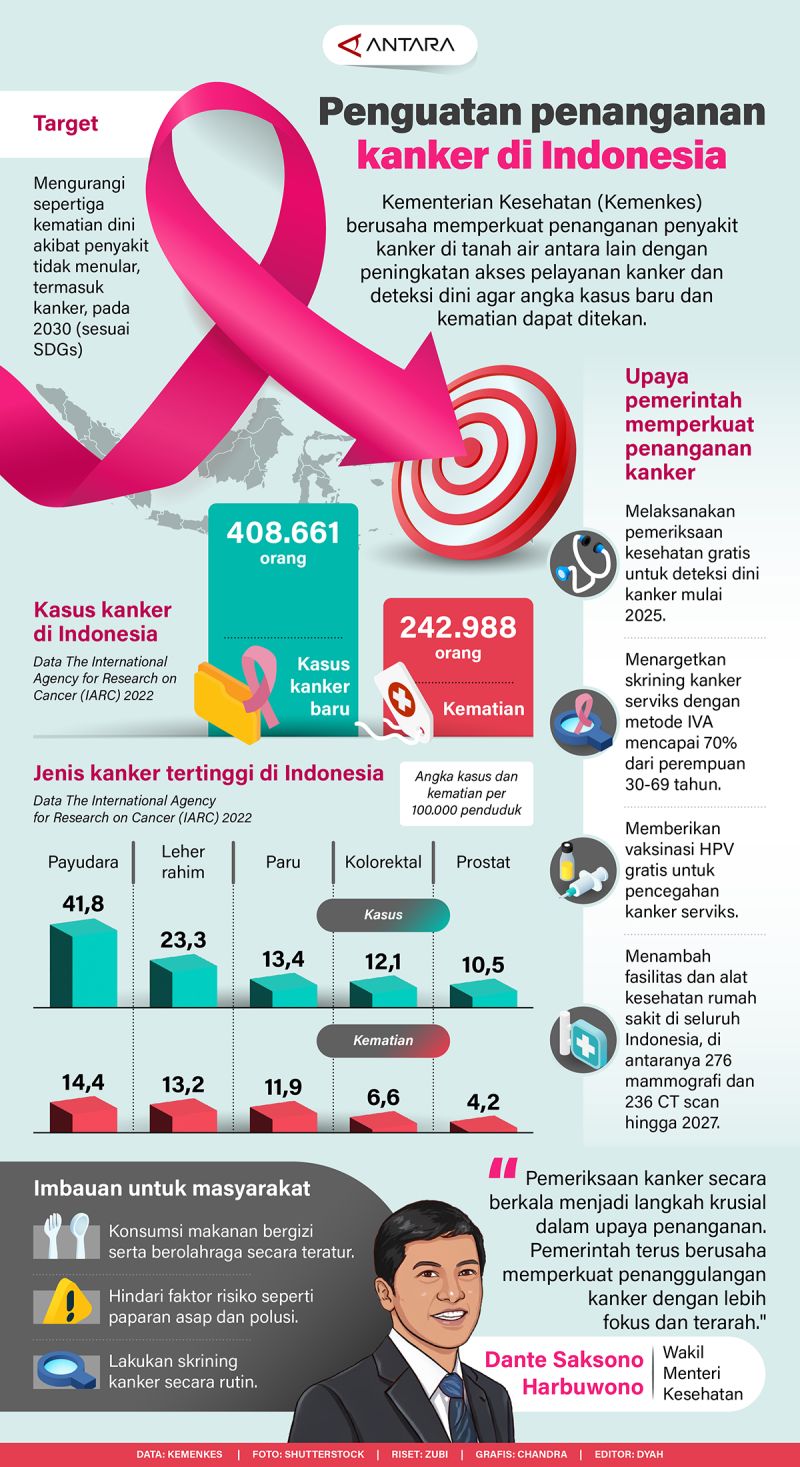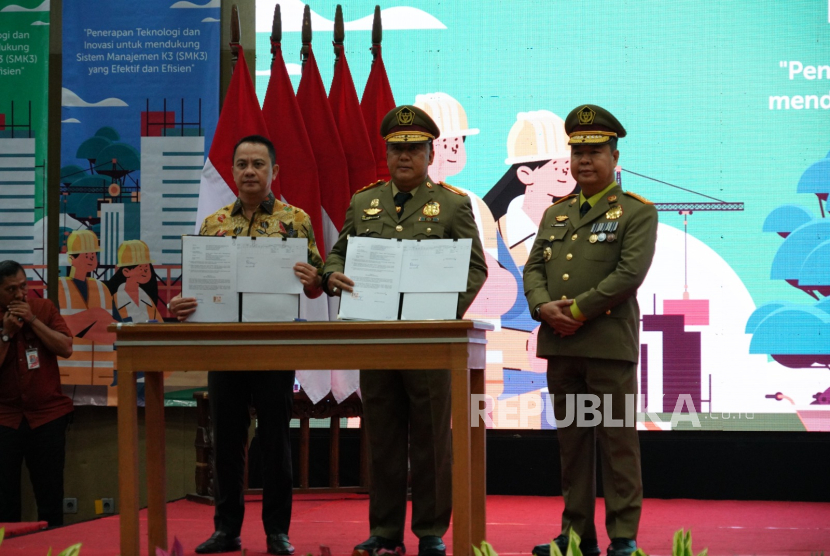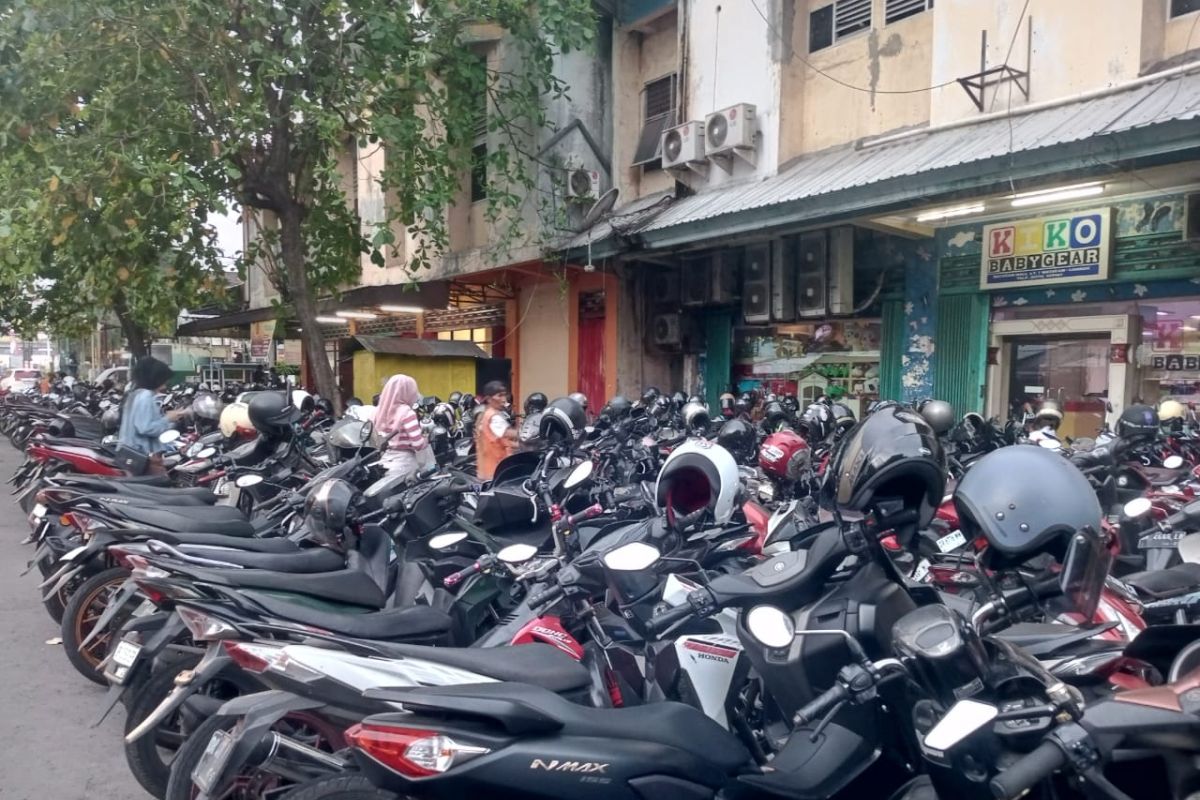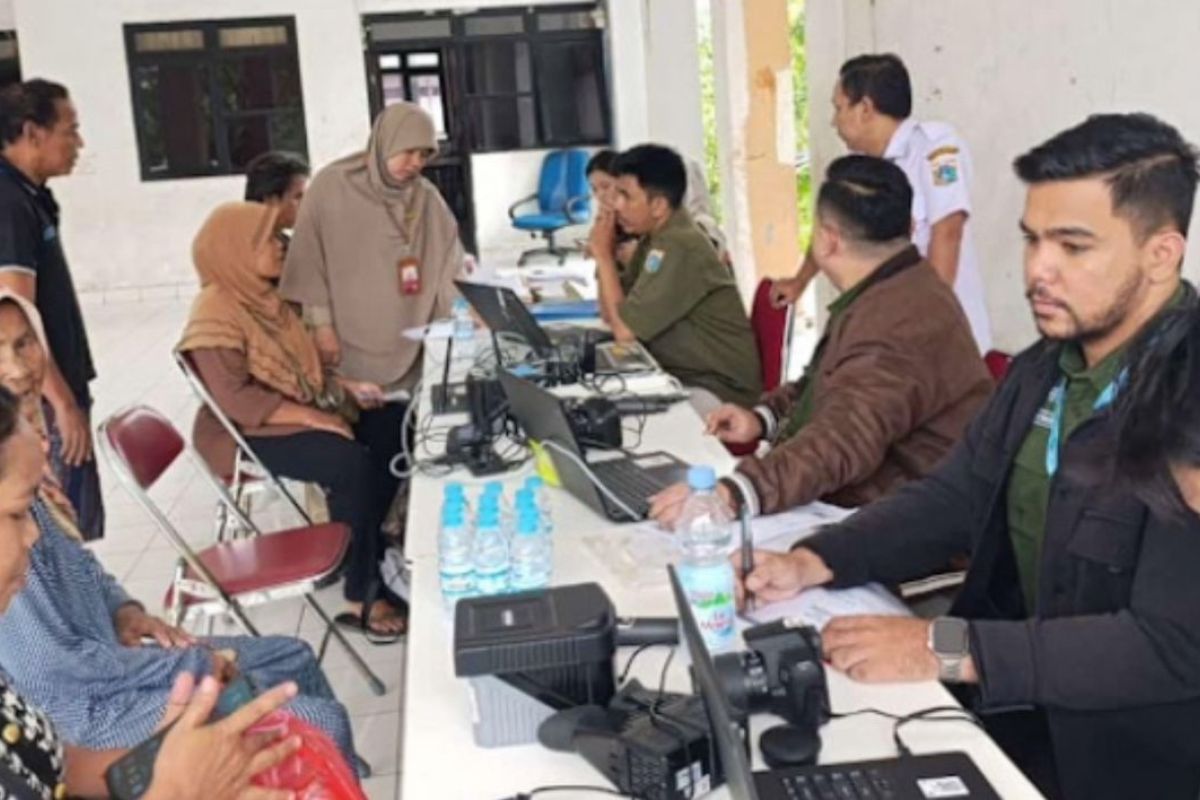Kohod Village Head Suspected of Controlling Seawall, Reclamation Projects
As head of Kohod village, Arsin bin Asip is suspected of being directly involved in the seawall construction project.

TEMPO.CO, Tangerang - Several residents of Kohod village, Pakuhaji district, regency, Banten, suspected that their village head, Arsin bin Asip, had deceived the public by claiming he had no knowledge of the built in their area. In reality, Arsin was the sole manager of the project within Kohod village.
“There’s no way he didn’t know—the project was right in front of his eyes,” said Rosadi, 47, on Thursday, February 6.
According to Rosadi, Arsin was involved in processing the issuance of Building Use Rights (SHGB), overseeing the seawall construction, and managing the land reclamation process that turned parts of the sea into land. “He struck a deal with the financier,” Rosadi told Tempo in Kohod village.
Rosadi showed a video of sand dredging activities, with the extracted sand allegedly intended for reclamation. “This is the exact location Minister Nusron Wahid visited before the seawall was dismantled,” he said.
The dredging operation took place after a 30.16-kilometer-long seawall was built. “At the time, residents were prohibited from entering the area,” Rosadi added. “Even locals from Kohod would be driven away if they tried to get in.”
The video, recorded secretly, shows several workers aboard a boat operating a sand dredging machine, known among locals as the photon machine. The dredged sand could be seen funneled through large pipes and collected in bamboo enclosures resembling fishponds. “The sand was likely used to fill the sea. Once the water was covered, they would layer it with soil, effectively turning it into land,” Rosadi speculated. However, following mounting public scrutiny, the dredging activities came to a halt.
Arsin and All Supervisors of the Seawall Project Disappear
Arsin has not been seen in Kohod village since the seawall controversy caught the central government’s attention. It has now been three weeks since he last reported to work at the Kohod village office on Kalibaru Street, Pakuhaji.
He also failed to appear for questioning by the National Police’s Criminal Investigation Agency (Bareskrim) on February 4 and ignored a request from the Attorney General’s Office to hand over Letter C / Girik. His phone remains inactive. When Tempo visited his residence, neither Arsin nor his luxury Jeep Wrangler Rubicon was anywhere to be found.
Arsin is not the only one who has vanished. Several foremen involved in the seawall construction project—Memet, Tyson, Ompreng, and Nawi—have also gone into hiding. “They’ve all disappeared. If they do resurface, they’ll probably have changed their appearances, like chameleons,” Rosadi remarked.
Tyson, previously identified only by the initial “T,” is allegedly the person responsible for paying groups of fishermen to build the seawall in Kronjo, a neighboring district west of Pakuhaji. His phone remains unreachable, except for a single instance when he answered with a brief “Hello” before realizing the call was from Tempo and promptly hanging up.
Editor’s Choice:
to get the latest news updates from Tempo on Google News




